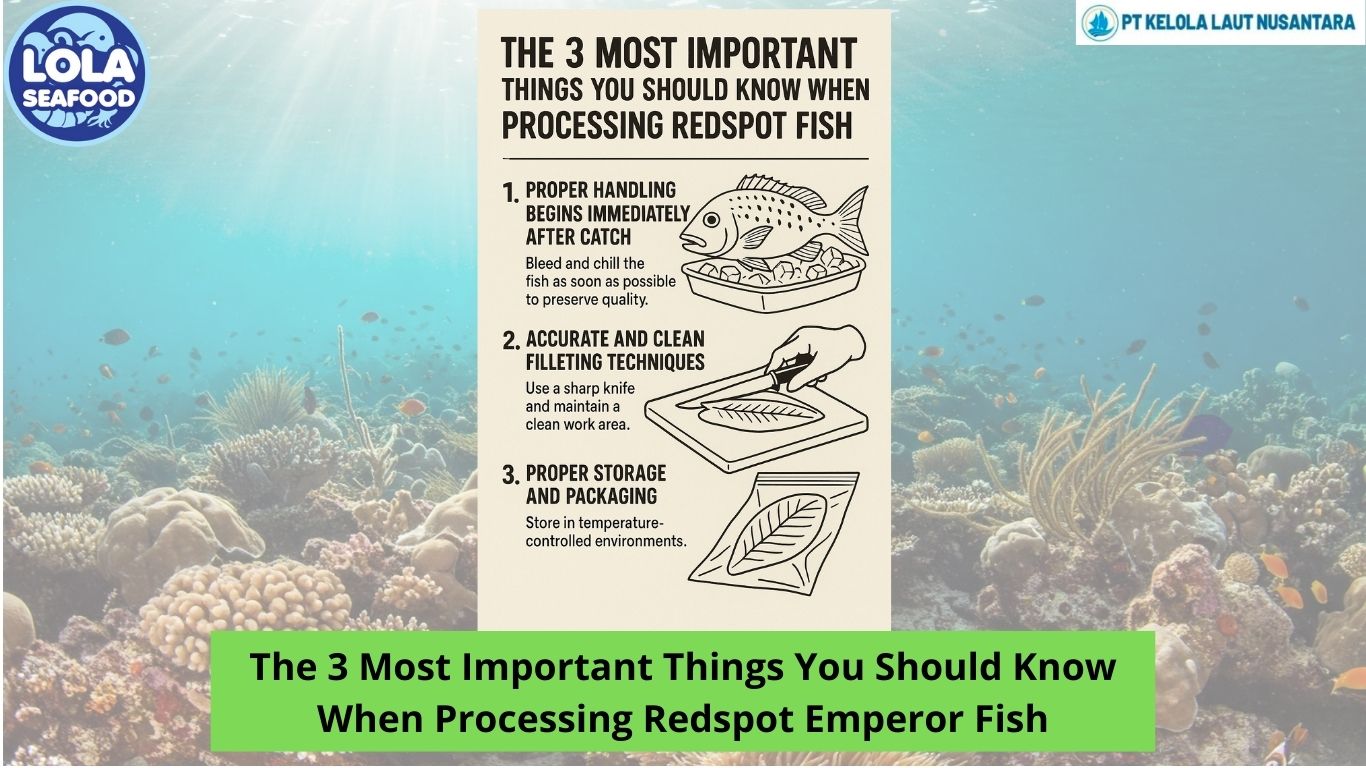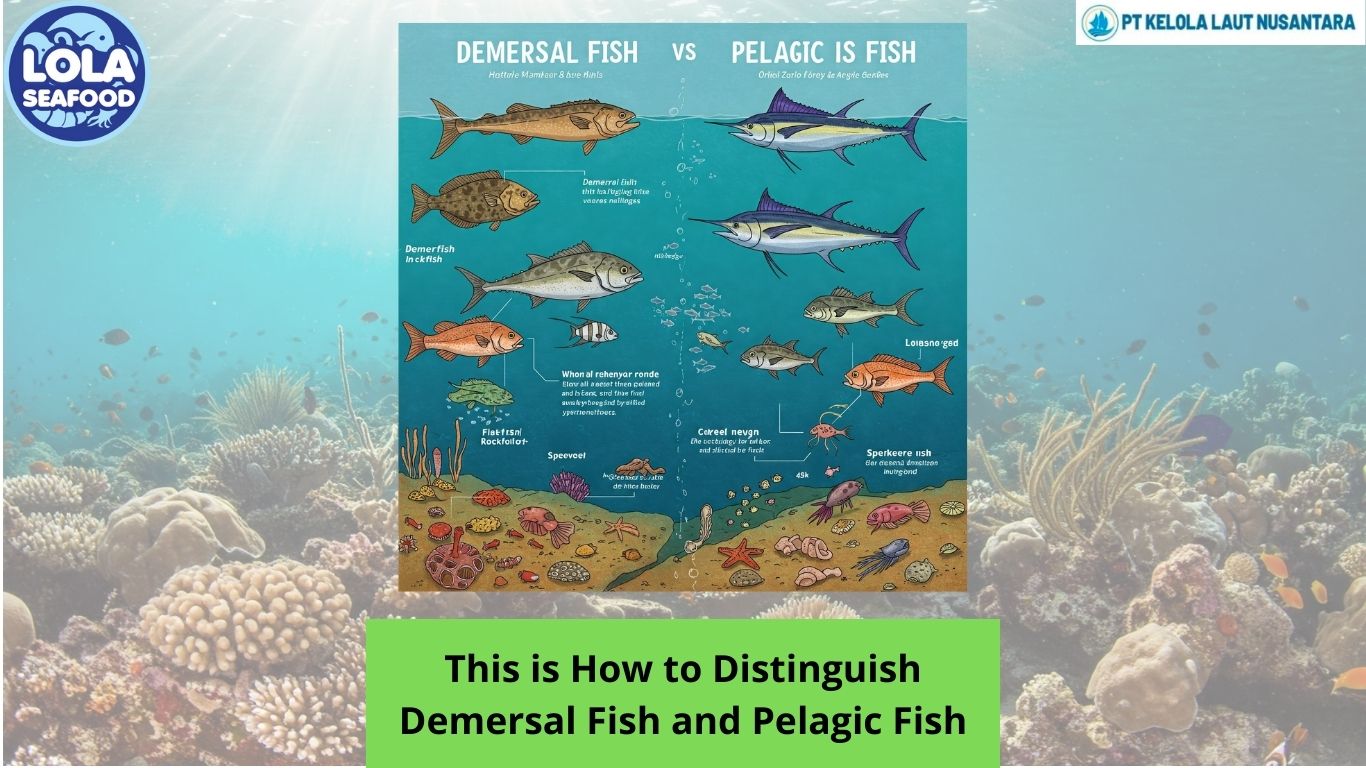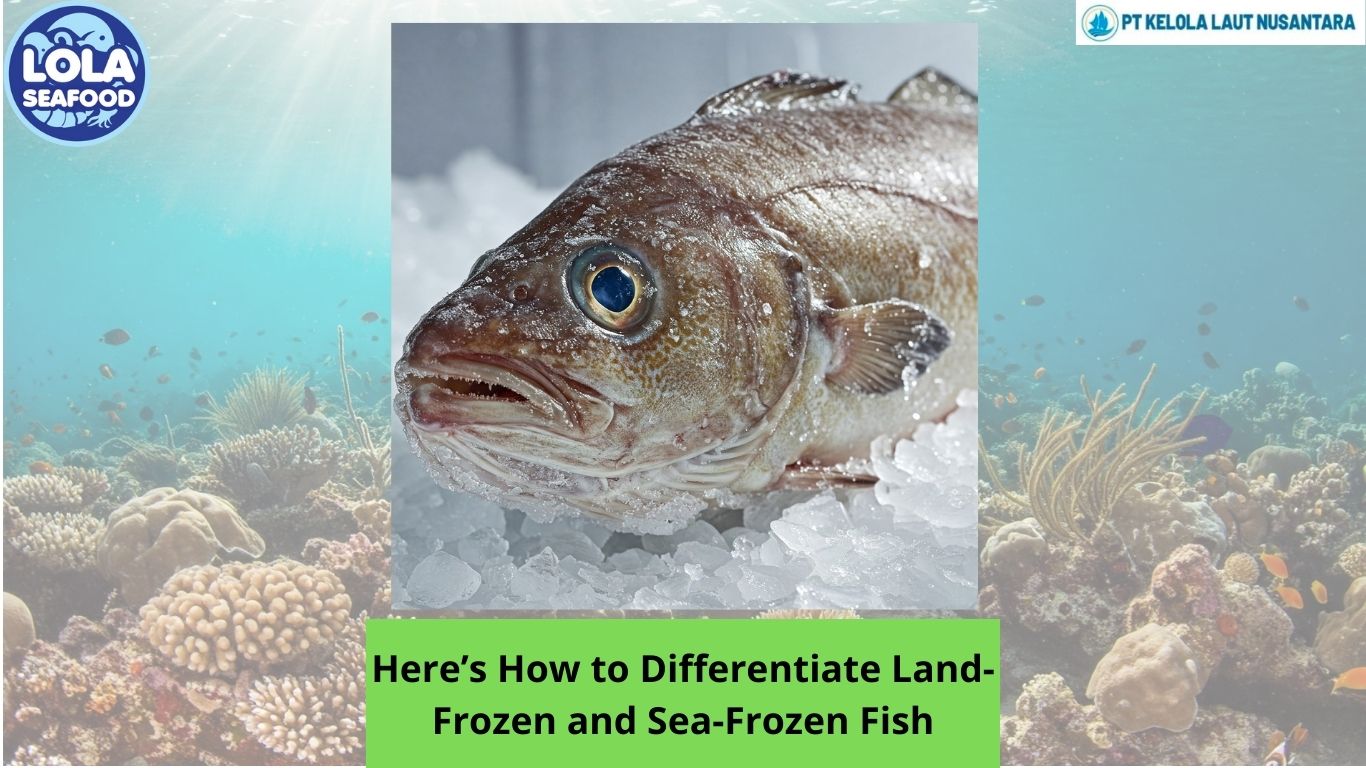5 Reasons Why a Fish’s Belly Might Be Green
By. Sofie Thoriq - 05 Feb 2025
Kelolalaut.com If you've ever reeled in a fish and noticed its belly has a greenish tint, you might have wondered what’s behind this unusual colouration. While many fish have silvery or white underbellies to help with camouflage, a green belly is less common and can be quite intriguing. Here are five reasons why a fish’s belly might appear green.
1. Camouflage and Environmental Adaptation
One of the most common reasons for unusual colouration in fish is camouflage. Fish living in environments with dense green vegetation, such as algae-covered rocks, seagrass beds, or murky, plant-filled waters, may develop greenish hues to blend in better with their surroundings. This type of counter-shading helps them avoid predators looking from above and below. While most fish have lighter bellies to blend with the sky when seen from below, a green belly may be more effective in certain habitats, especially shallow waters with lots of aquatic plants.
2. Diet and Pigmentation
What a fish eats can have a significant impact on its colouration. Some fish consume a diet rich in chlorophyll-containing organisms, such as algae or plant material, which can affect the pigments in their skin and scales. Additionally, certain crustaceans and small aquatic creatures have pigments that may influence a fish’s colour when they become a primary food source. Over time, these pigments can accumulate, giving the fish a greenish hue, even on the belly.
3. Genetic Factors and Species-Specific Traits
In some cases, a green belly is simply a natural characteristic of a particular species. Certain fish are genetically predisposed to have greenish bellies as part of their standard colouration. This might serve a specific purpose, such as attracting mates, signalling health, or differentiating them from other species. Fish like the green sunfish, for instance, naturally exhibit greenish shades on different parts of their bodies, including the belly.
4. Health and Stress Indicators
A change in a fish's colouration, including the appearance of a green belly, can sometimes indicate health issues or stress. Infections, parasites, or bacterial growth can cause discolouration. For example, fungal or algal infections may give the skin a green tint, especially if the fish has sustained injuries or has compromised scales. Poor water quality, high stress levels, or imbalances in the fish’s environment can also affect pigmentation, making the belly appear greener than normal.
5. Reflection and Light Conditions
Sometimes, what we perceive as green on a fish's belly might not be a permanent colouration but rather a result of light refraction and reflection. Fish scales are often iridescent, meaning they reflect light in different colours depending on the angle. In certain lighting conditions, especially in clear or shallow waters with lots of greenery, the fish’s belly might appear green due to the reflection of surrounding colours. This optical illusion can make the belly look greener than it actually is.
A green belly on a fish can be attributed to a variety of factors, from environmental adaptation and diet to genetics and health issues. Understanding the specific reasons behind this unique colouration requires looking at the fish’s habitat, species, and overall condition. Whether it’s nature’s way of providing camouflage, a reflection of dietary habits, or a sign of an underlying health issue, a green belly adds an interesting twist to the diverse world of aquatic life.
If you are interested in our emperor grass whole round / whole gilled gutted scaled, emperor whole round /whole gilled gutted scaled, emperor fillet skin on and emperor fillet skin less please do not hesitate to contact us through email and/or whatsapp

.jpg)
.jpg)
.jpg)




